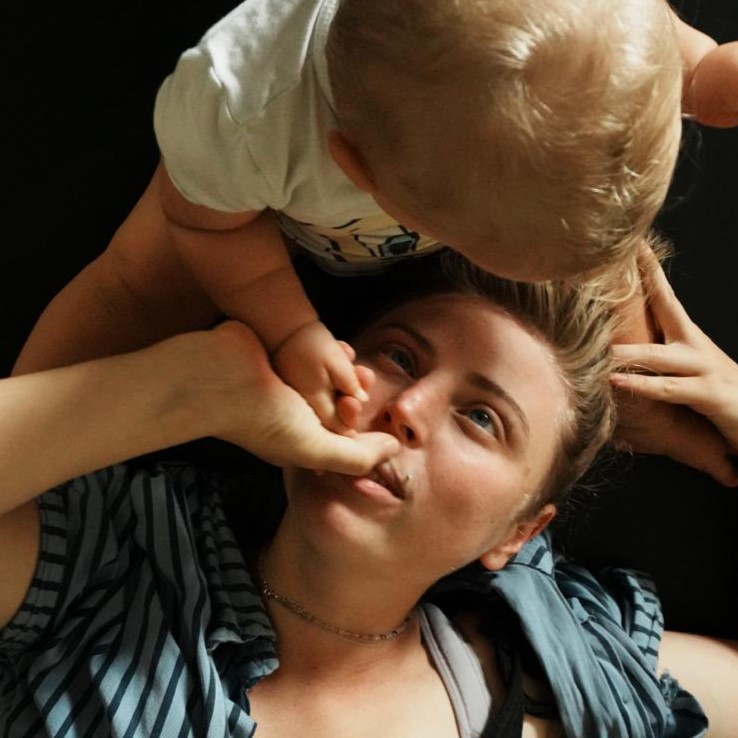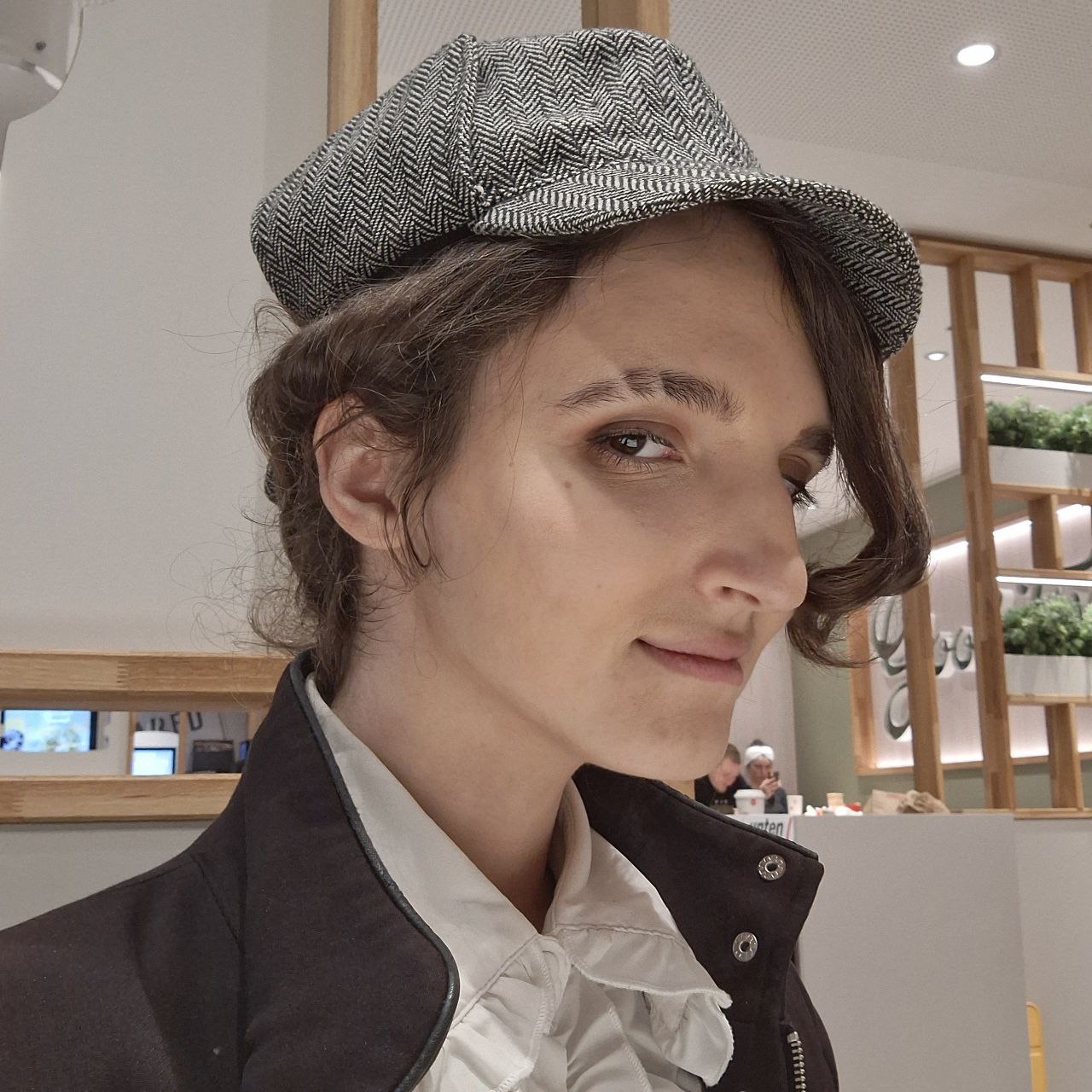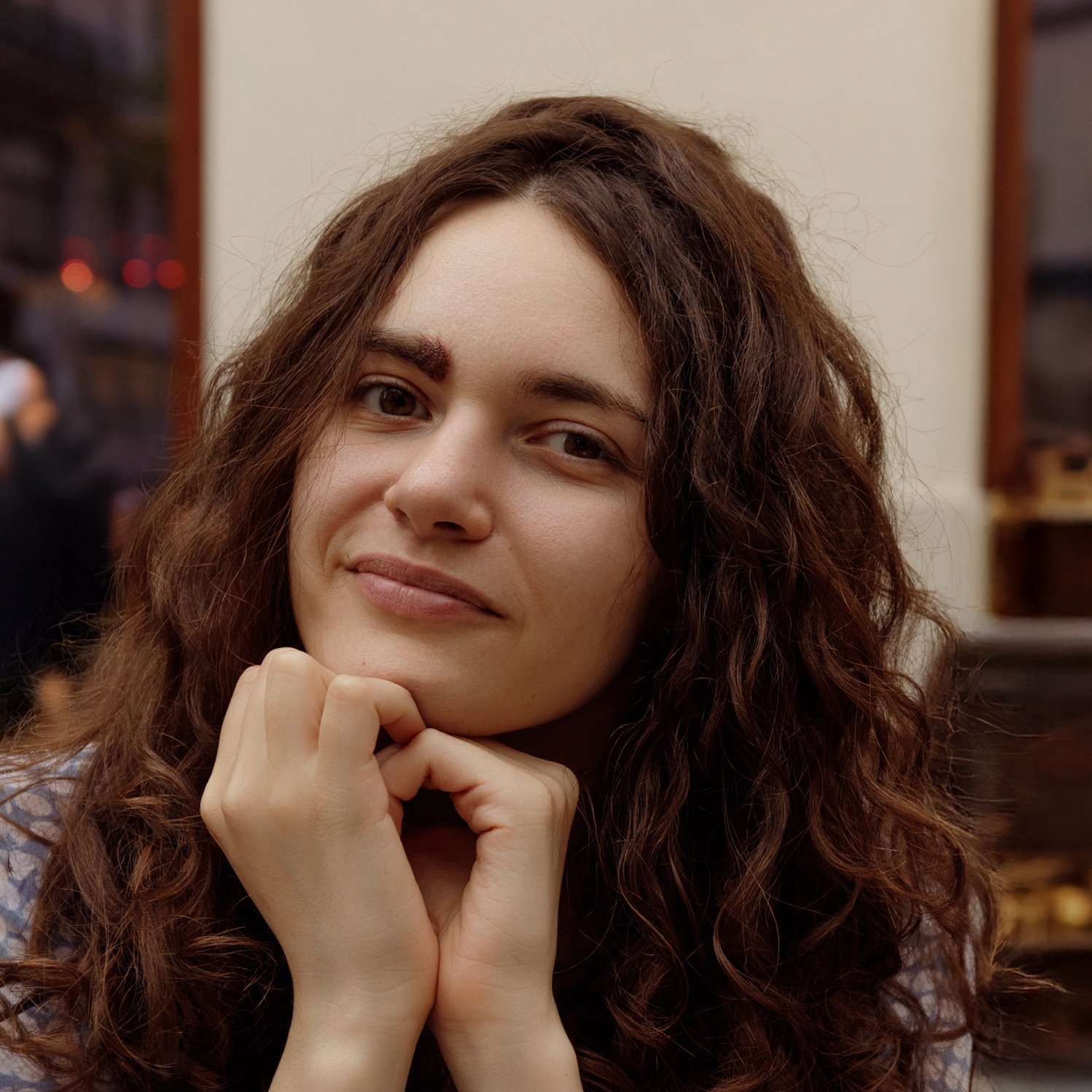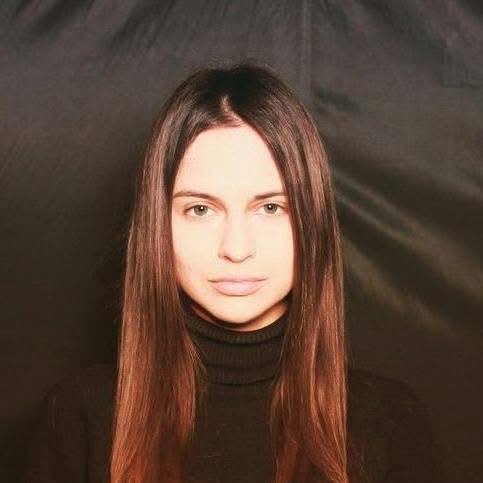"Anna” is a street art performance by Tamara Maksymenko that visually and emotionally explores the hidden labour and responsibilities of women.
13.06.2025 (14:00 - 15:00) - street walk through Museumstraße to Altstadt Innsbruck
14.06.2025 (14:00 - 15:00) - Hauptbahnhof Innsbruck
15.06.2025 (14:00 - 15:00) - Hofgarten Innsbruck
28.06.2025 (14:00 - 15:00) - Area around the Triumphforte
29.06.2025 (14:00 - 15:00) - Market square and banks of the Inn
hours and day might be affected by weather
Background of the project
This project has its roots in the challenging times of COVID in 2021, when it was initially conceived with a different theme and idea. Over the years, the concept has evolved and matured, allowing the creator to find clear and precise words to fully express the vision behind it. It has been a journey of refinement, boiling down to a clear and powerful message.
Feminine idea
The performer - Tamara Maksymenko is rooted in Ukraine. Within the post soviet childhood, studying in Swiss, working in Lebanon and Morrocco and finally settled in Austria she explored the female aspect from different continents and historical events during her life path.
There are notable differences between post-Soviet and Western feminism, shaped by historical, cultural, political, and socio-economic factors, even though they share a common goal of achieving gender equality or justice between two genders. Western feminism, with its roots in democratic processes and civil rights movements, emphasizes individual autonomy, workplace equality, and intersectionality. In contrast, post-Soviet feminism, emerging from a collectivist and tumultuous post-communist landscape, focuses on reconceptualizing gender roles, addressing economic challenges, and overcoming cultural resistance. Post-Soviet societies often have more traditional views on gender roles, with a strong emphasis on motherhood and family.
Understanding these differences is crucial for appreciating the diverse manifestations of feminism and the unique challenges faced by women in different regions.
Team:
Tamara Maksymenko - leading project person, creator of the main idea of the project, performer.

BIO
Tamara Maksymenko is a Ukrainian dancer, choreographer, and teacher with over 30 years of experience. She is the founder of Motion Mode Dance Theatre and co-founder of Motion Mode of Dialogue in Tirol. Tamara has taught and performed internationally and is active in the globe contemporary dance scenes.
"Human destiny is the biggest source of inspiration for me." - Tamara Maksymenko
Anastasiia Ivasiunko - sculptor.

BIO
A self proclaimed "steampunk artist and sculptor" from Ukraine that is always open to trying and new media for sculptures.
"I wish to master old painting and sculptural techniques to let them find use in more modern ideas, rather than dull portraits of royalty. For I find that it is the best way in which my art could be actually considered "steampunk" - Anastasiia Ivasiunko.
Sophiia Martseniuk - video shooting.

BIO
Ukrainian artist working across photography, video, painting, and mixed media, exploring themes of vulnerability, emotional depth, and the quiet resilience of women. Her practice reflects on displacement, cultural identity, and human connection, shaped by her journey from big cities to a small town in Austria.
"As a displaced person, I reflect on the fragility of cultural identity and the role of communication in small communities—contrasting my past life in big cities with my current experience in a small Austrian town" - Sophiia Martseniuk.
Serhii Semichev - video editor.

BIO
Born on June 16, 1978 in the city of Snezhnoe, Donetsk region,Ukraine. Dancer, improviser, performer, contact improvisation teacher, massage therapist, fitness trainer, photographer, film maker. Currently living in Freiburg, Germany.
Polina Zavhorodniaia - film interview

BIO
Ukrainian-born cultural organizer and political science student living in Austria. She is the founder of the charity initiative Cultural Platform Ukraine–Tirol, created in response to the challenges faced by displaced Ukrainians. As an immigrant herself, she built the project to support others through language learning, psychological support, cultural exchange, and access to local institutions.
Over two years, she organized events ranging from intimate masterclasses to large cultural celebrations, collaborating with artists, professionals, and local organizations. Though no longer leading the platform, she continues to explore how culture can build bridges between people, communities, and identities.

